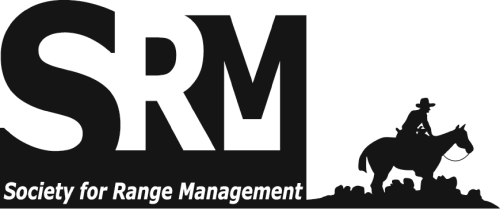Beyond estimating the direction and rate of at which a fire's leading edge spreads, modeling aims to reproduce and explain wildland and range fire phenomena and why events unfolded as they did. Our research applies numerical weather prediction models with extensions that model wildland fire behavior to issues confronting rangeland scientists and managers. The methodology applies a numerical weather prediction model capable of modeling synoptic to microscale atmospheric flows in complex terrain. The wildland fire component is based upon semi-empirical relationships for surface fire rate of spread, fuel consumption rate, transition to a crown fire, and crown fire spread. The two are coupled such that near-surface atmospheric winds, terrain, and fuel properties drive fire growth, which in turn releases sensible heat, latent heat, and smoke fluxes into the atmosphere, notably creating fire winds. In contrast to commonly-used kinematic (BehavePlus, Farsite) models or fine-scaled models with detailed parameterization of combustion (WFDS, FireTec), this type of model is suited to address the combination of weather, complex terrain, and fire dynamics

Oral presentation and poster titles, abstracts, and authors from the Society for Range Management (SRM) Annual Meetings and Tradeshows, from 2013 forward.